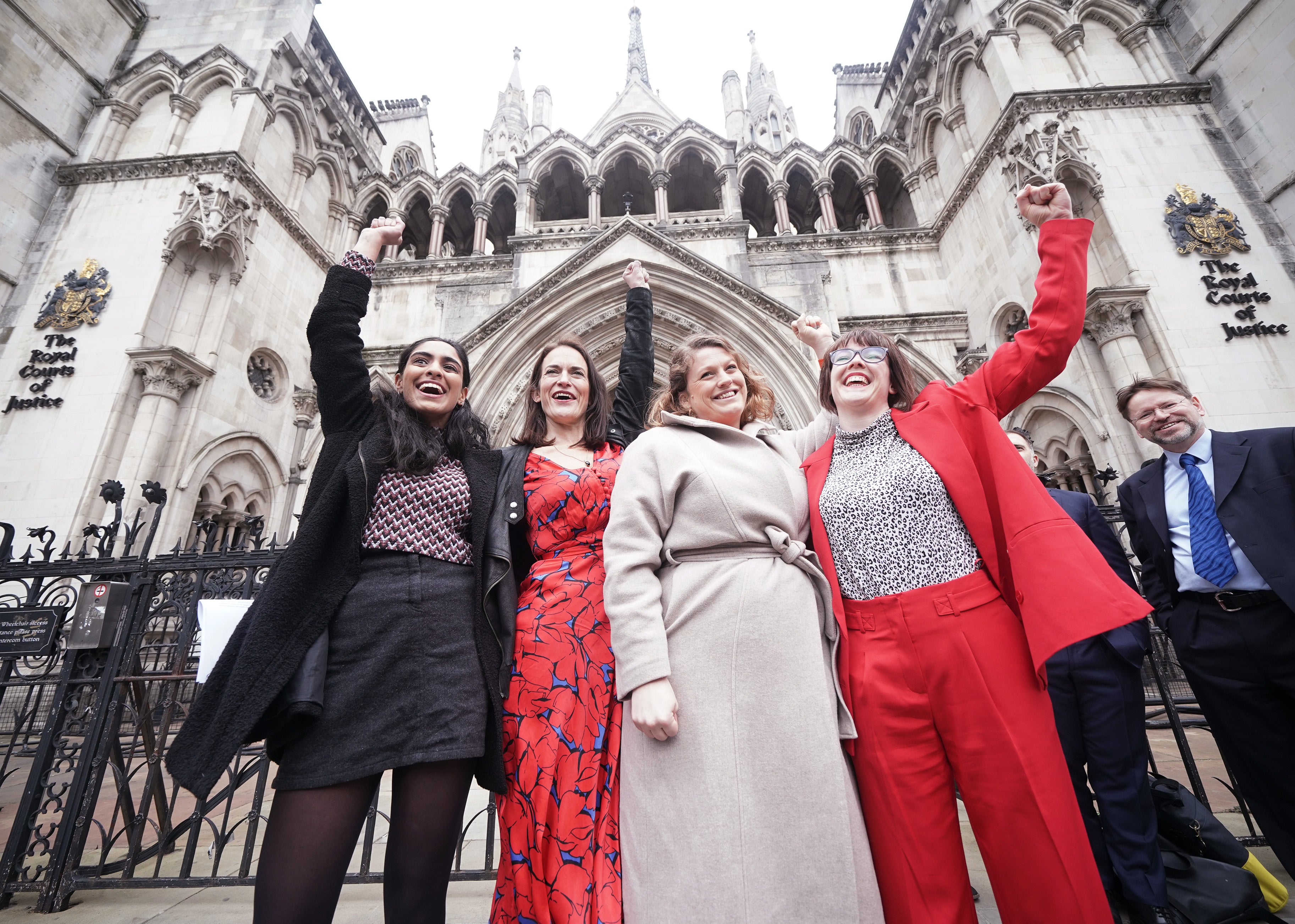Met Police lose bid to challenge High Court ruling over Sarah Everard vigil
High Court judges have refused permission to appeal against their findings the force breached the rights of organisers of a planned vigil.

The Metropolitan Police have been refused permission to appeal against a High Court ruling which concluded the force breached the rights of organisers of a vigil for Sarah Everard with its handling of the planned event.
Reclaim These Streets (RTS) proposed a socially distanced vigil for the 33-year-old, who was murdered by former Met officer Wayne Couzens, near to where she went missing in Clapham, south London, in March last year.
The four women who founded RTS and planned the vigil brought a legal challenge against the force over its handling of the event, which was also intended to be a protest about violence against women.
They withdrew from organising the vigil after being told by the force they would face fines of £10,000 each and possible prosecution if the event went ahead, and a spontaneous vigil and protest took place instead.
Jessica Leigh, Anna Birley, Henna Shah and Jamie Klingler argued that decisions made by the force in advance of the planned vigil amounted to a breach of their human rights to freedom of speech and assembly, and said the force did not assess the potential risk to public health.
In a ruling in March, their claim was upheld by Lord Justice Warby and Mr Justice Holgate, who found that the Met’s decisions in the run-up to the event were “not in accordance with the law”.
After considering an application on papers – without a hearing – by the Met to challenge the ruling at the Court of Appeal, the judges refused permission.
They said in a court order: “There were factual issues in this case which we resolved by reference to established principles.
“It is not arguable that we erred in principle and see no other reason to believe that the Court of Appeal would be prepared to adopt a different factual analysis.”
The judges also said some of the Met’s proposed grounds of appeal were “hopeless attempts to challenge reasoned factual conclusions”, while others involved “a misreading of one passage of the judgment, ignoring the overall context”.
The Met could still pursue a challenge by asking the Court of Appeal to grant permission.
In a summary of the ruling last month, Lord Justice Warby said: “The relevant decisions of the (Met) were to make statements at meetings, in letters, and in a press statement, to the effect that the Covid-19 regulations in force at the time meant that holding the vigil would be unlawful.
“Those statements interfered with the claimants’ rights because each had a ‘chilling effect’ and made at least some causal contribution to the decision to cancel the vigil.
“None of the (force’s) decisions was in accordance with the law; the evidence showed that the (force) failed to perform its legal duty to consider whether the claimants might have a reasonable excuse for holding the gathering, or to conduct the fact-specific proportionality assessment required in order to perform that duty.”
RTS took urgent legal action the day before the planned event, seeking a High Court declaration that any ban on outdoor gatherings under the coronavirus regulations at the time was “subject to the right to protest”.
But their request was refused and the court also refused to make a declaration that an alleged force policy of “prohibiting all protests, irrespective of the specific circumstances” was unlawful.
Couzens, 49, was given a whole life sentence, from which he will never be released, at the Old Bailey in September after admitting Ms Everard’s murder.
The policing of the spontaneous vigil that took place drew criticism from across the political spectrum after women were handcuffed on the ground and led away by officers.
A report by Her Majesty’s Inspectorate of Constabulary and Fire and Rescue Services concluded the police “acted appropriately” when dealing with the event, but also found it was a “public relations disaster” and described some statements made by members of the force as “tone deaf”.
